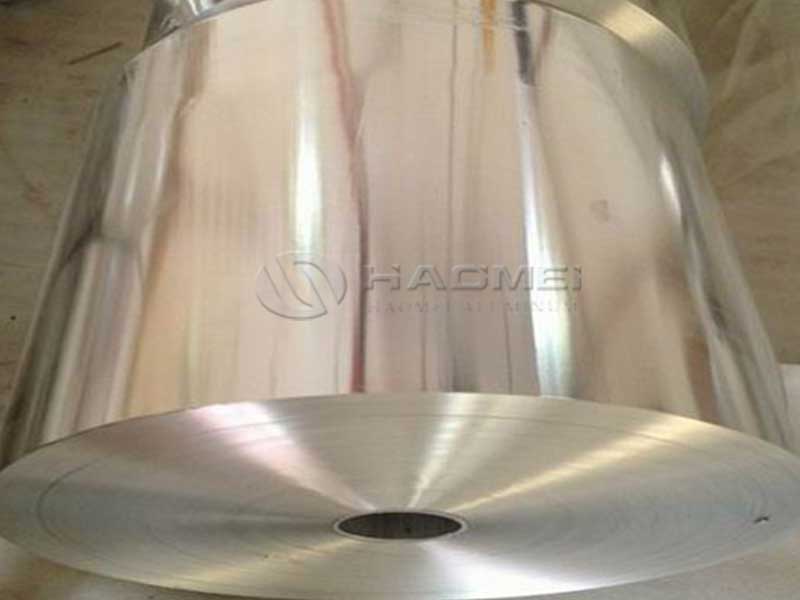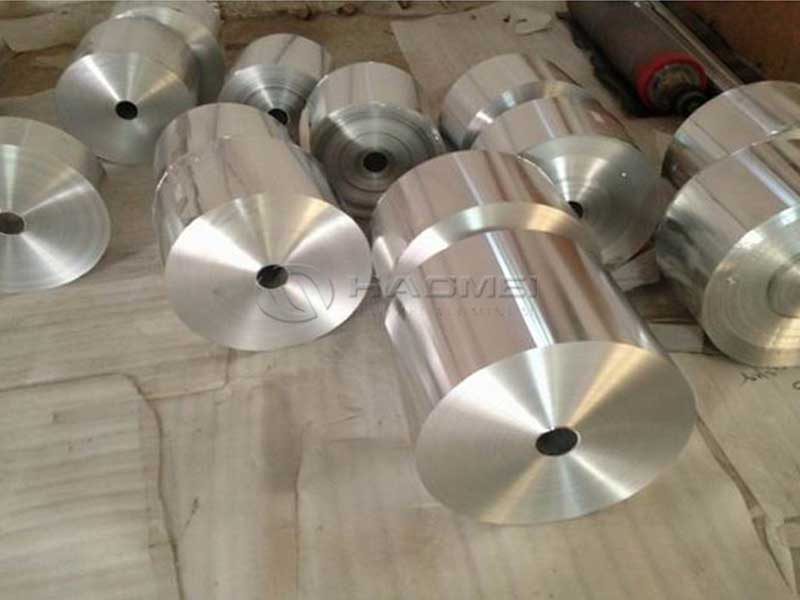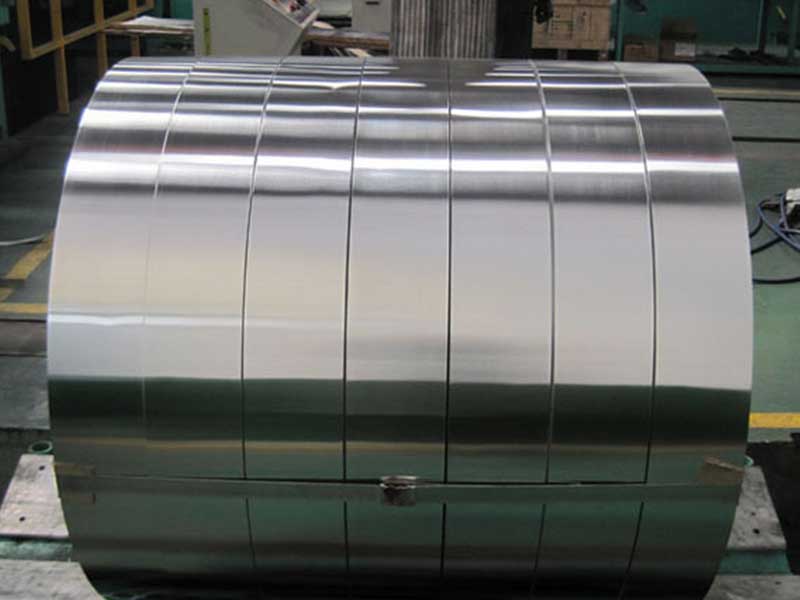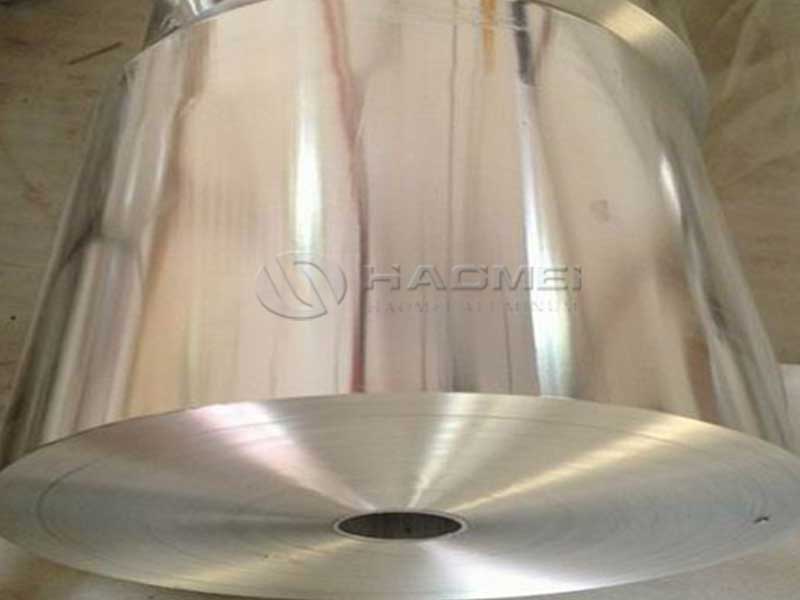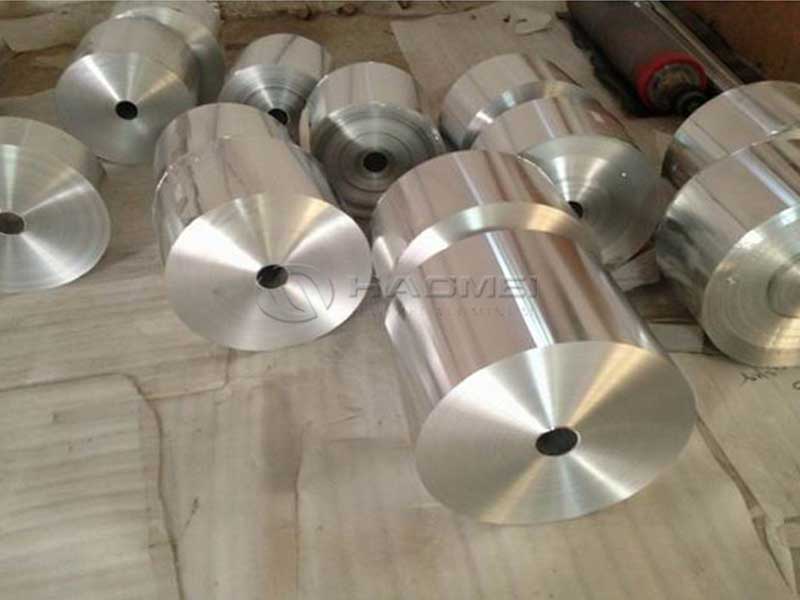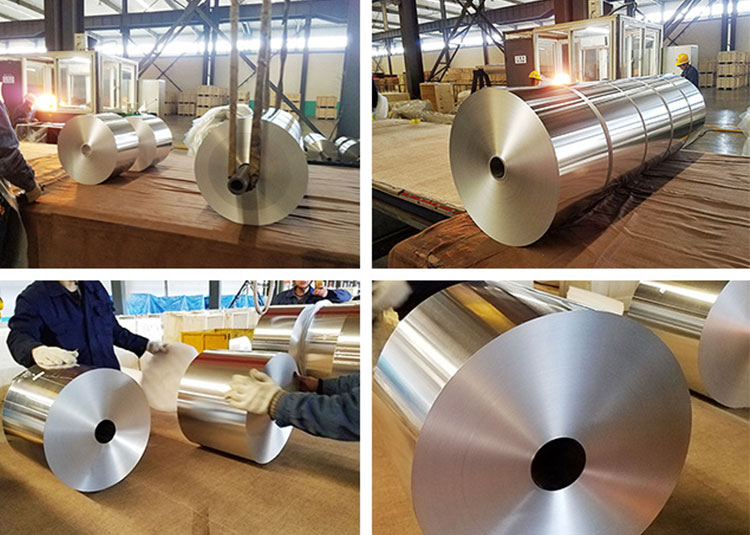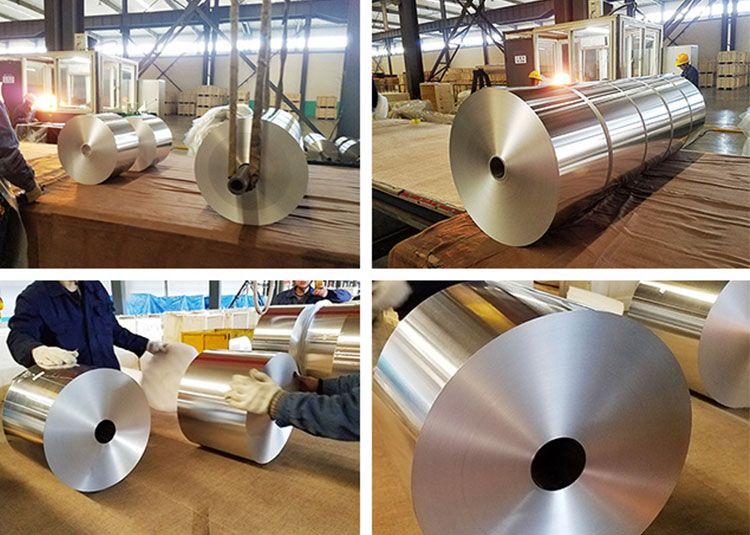Aluminum foil is a versatile and essential material in many kitchens, especially when it comes to cooking and food storage. Among the varieties available, aluminum foil designed specifically for high-temperature cooking in microwaves and ovens stands out for its safety, durability, and effective heat conduction.
Features of High-Temperature Aluminum Foil
High-temperature aluminum foil is engineered to withstand extreme heat conditions while maintaining its integrity and performance. Its unique attributes make it an excellent choice for a variety of cooking methods, from conventional ovens to microwave cooking—where foil use must be done carefully.
- Heat Resistance: Can typically withstand temperatures up to 660°C (1220°F), the melting point of aluminum, though recommended use up to 220°C (428°F) ensures safety, particularly in microwave applications.
- Microwave Safe: Designed with specific thinness and folding guidelines, making it suitable for microwave use when used correctly to avoid arcing.
- Durability: Resistant to tearing and puncturing, enabling reliable wrapping and protection of food.
- Non-Toxic: Manufactured from food-grade aluminum complying with international health and safety standards.
- Excellent Thermal Conductivity: Ensures even heating, retaining food moisture and flavor.
- Recyclable and Eco-Friendly: 100% recyclable aluminum contributing to environmental sustainability.
Chemical Composition of Aluminum Foil
The purity and alloying elements of aluminum foil influence its strength, heat tolerance, and pliability. High-temperature aluminum foil is usually made from commercial purity aluminum grades.
| Element | Typical Content (%) | Role in Aluminum Foil |
|---|---|---|
| Aluminum (Al) | 99.0 - 99.5 | Base metal, provides malleability & conductivity |
| Iron (Fe) | 0.4 max | Helps improve strength |
| Silicon (Si) | 0.4 max | Enhances strength and heat resistance |
| Copper (Cu) | 0.1 max | Adds tensile strength |
| Magnesium (Mg) | 0.05 max | Improves hardness and corrosion resistance |
| Manganese (Mn) | 0.05 max | Stabilizes structure |
| Zinc (Zn) | 0.03 max | Minor impurity |
| Others (each) | 0.03 max | Minor elements affecting specific features |
Technical Specifications
The performance attributes of aluminum foil significantly depend on thickness, width, elongation, and tensile strength. The following table summarizes the parameters:
| Specification | Value | Unit | Description |
|---|---|---|---|
| Thickness | 0.009 - 0.02 | mm | Thickness range tailor-made for high temp use |
| Width | 200 - 1000 | mm | Available in jumbo rolls or sheets |
| Tensile Strength | 110 - 150 | MPa | Ensures resistance to tearing during folding |
| Elongation | 10 - 35 | % | Measures ductility and flexibility |
| Density | 2.70 | g/cm³ | Pure aluminum metal density |
| Melting Point | 660 | °C | Maximum usage temperature threshold |
| Maximum Recommended Temp (Oven) | 220 | °C | Optimal safe usage temperature |
| Maximum Recommended Temp (Microwave) | 150 | °C | Safety guidelines when using foil in microwaves |
Applications
High-temperature aluminum foil proves indispensable in a broad range of scenarios involving microwave and oven cooking:
Microwave Cooking
- Wrapping food items to retain moisture.
- Covering containers to prevent splatters with the caveat of adhering to safety guidelines to prevent arcing.
- Shielding specific food areas to control cooking timing and even heat distribution.
Oven Cooking and Baking
- Lining pans and trays to facilitate even heating and reduce cleanup.
- Wrapping meats and vegetables for roasting to keep juices sealed.
- Creating custom foil packets (en papillote method) for steamed meals.
- Covering baked goods partway through baking to avoid over-browning.
Other Culinary & Food Storage Uses
- Refrigeration or freezer wrapping without compromising food safety.
- Insulating parcels keeps hot foods warm during transport.
- Grill lining to protect grates and ease cleaning after high-heat grilling.
Safety Guidelines for Microwave Use
Use of aluminum foil in microwave ovens requires caution to avoid sparking (arcing) and potential damage:
| Guideline | Description |
|---|---|
| Use thin, smooth foil | Thick or crinkled foil can cause sparks |
| Do not cover entire trays | Leave space for microwave waves to circulate freely |
| Avoid touching walls or ceiling | Prevent arcing from direct foil contact with metal surfaces |
| Use foil only in short bursts | Avoid continuous microwave operation with foil inside |
| Never seal completely airtight | Ensure steam can escape to avoid pressure buildup |
| Property | Description |
|---|---|
| Material | High-purity commercial aluminum |
| Heat Resistance | Up to 660°C melting; recommended ≤220°C for cooking |
| Safety | Food grade, non-toxic, microwave-safe usage with guidelines |
| Typical Thickness Range | 0.009mm to 0.02mm |
| Applications | Microwave cooking, oven baking, food storage and grilling |
| Environmental Impact | 100% recyclable, sustainable resource |


